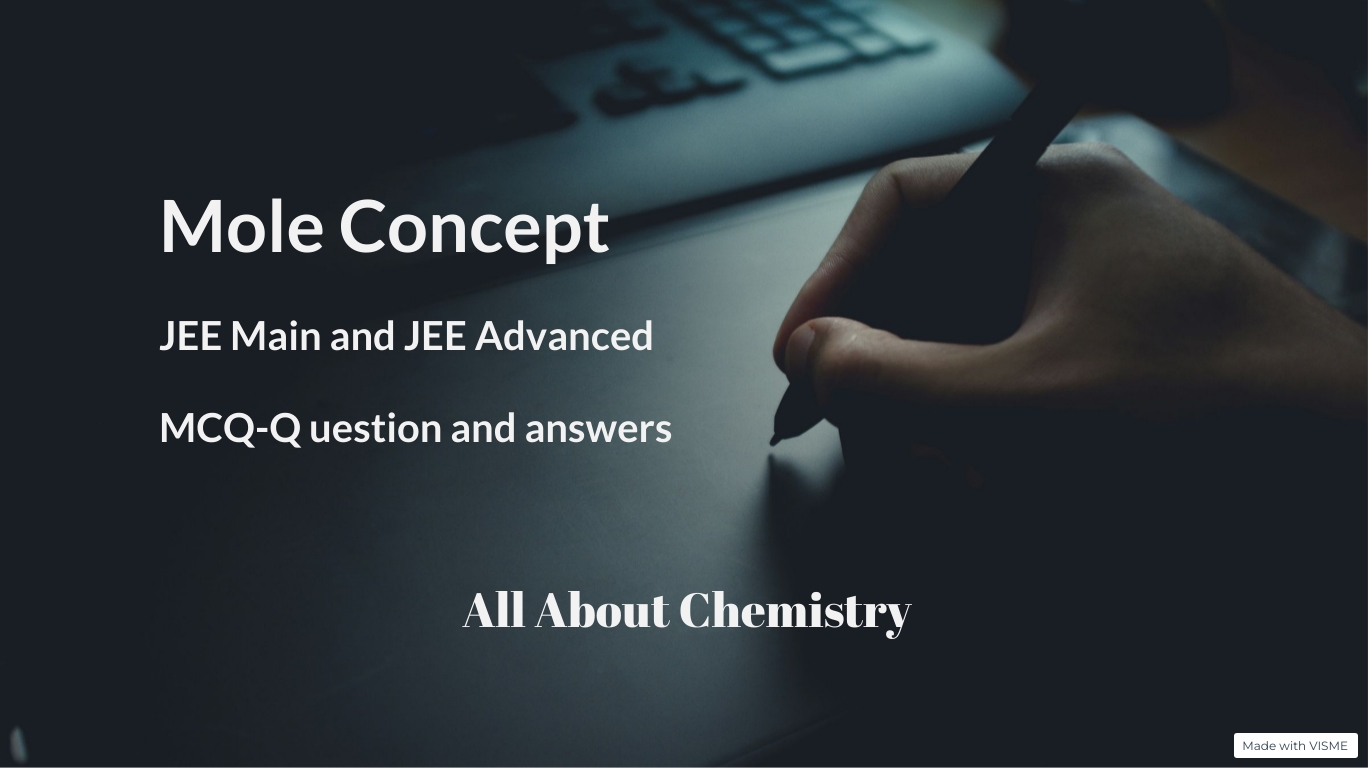The Lucas reaction is a chemical test used to differentiate between primary, secondary, and tertiary alcohols based on their reactivity with hydrochloric acid (HCl) in the presence of zinc chloride (ZnCl2). The reaction is named after the British chemist Arthur Herbert Churchward Lucas who developed it in the late 19th century.
The Lucas reagent typically consists of concentrated hydrochloric acid and zinc chloride. The reaction is carried out by adding a small amount of the Lucas reagent to the alcohol under test and observing the rate at which a turbidity or precipitation forms. The appearance of a cloudy solution or a precipitate indicates the formation of an alkyl chloride, which is indicative of the type of alcohol present.
The reaction proceeds differently for primary, secondary, and tertiary alcohols:
- Primary Alcohols: Primary alcohols react slowly, if at all, with the Lucas reagent at room temperature. They typically require heating to reflux for the reaction to occur. This slow or no reaction is due to the instability of the primary carbocation intermediate formed in the reaction.
- Secondary Alcohols: Secondary alcohols react readily with the Lucas reagent at room temperature, leading to the rapid formation of alkyl chlorides. The reaction proceeds via the formation of a more stable secondary carbocation intermediate.
- Tertiary Alcohols: Tertiary alcohols react very quickly with the Lucas reagent, often producing an immediate turbidity or precipitate. This rapid reaction is due to the formation of a highly stable tertiary carbocation intermediate.
Based on the observed reaction rate, one can determine the classification of the alcohol as primary, secondary, or tertiary. This information is valuable in organic chemistry for identifying and characterizing unknown compounds, as well as for elucidating reaction mechanisms.
It’s worth noting that while the Lucas reaction is a useful qualitative test for alcohol classification, it has limitations and may not be applicable to all types of alcohols or under all reaction conditions. Additionally, other methods such as spectroscopic analysis may be employed for more accurate determination of alcohol structure.
The Lucas reaction proceeds through an acid-catalyzed substitution mechanism. Here’s a detailed mechanism for the Lucas reaction using a secondary alcohol (2-propanol) as an example:
- Formation of carbocation:
- The reaction begins with the protonation of the alcohol oxygen by the hydrogen chloride (HCl) in the presence of ZnCl2, resulting in the formation of an oxonium ion.
- In the case of 2-propanol, the oxonium ion formed is a protonated form of the alcohol: CH3CH2OH2+.
- Formation of carbocation:
- The oxonium ion then undergoes a hydride shift, leading to the formation of a more stable carbocation.
- For 2-propanol, this step results in the formation of a secondary carbocation (CH3CH2+CH3CH3CH2+CH3).
- Nucleophilic attack by chloride ion:
- The chloride ion (Cl−) generated from the dissociation ofZnCl2 attacks the carbocation, leading to the displacement of a proton and the formation of an alkyl chloride.
- In the case of 2-propanol, the chloride ion attacks the secondary carbocation to form 2-chloropropane.
The overall reaction can be summarized as follows:
ROH+HCl→RCl+H2O
Where R represents the alkyl group.
It’s important to note that the reaction mechanism may vary depending on the type of alcohol (primary, secondary, or tertiary) and the specific reaction conditions. Additionally, the mechanism described above is a simplified representation of the reaction, and there may be variations and intricacies depending on the specific alcohol and conditions employed.

The Lucas reaction has several important applications in organic chemistry:
- Classification of Alcohols: One of the primary applications of the Lucas reaction is in the classification of alcohols as primary, secondary, or tertiary. By observing the rate of reaction with the Lucas reagent (hydrochloric acid and zinc chloride), one can infer the classification of the alcohol. Tertiary alcohols react rapidly, secondary alcohols react moderately, and primary alcohols react slowly or not at all.
- Identification of Unknown Compounds: The Lucas reaction is frequently used in the identification of unknown compounds in organic synthesis or analysis. By subjecting an unknown alcohol to the Lucas reaction and observing the rate of reaction, chemists can deduce the structure of the alcohol and thus identify the compound.
- Monitoring Reaction Progress: In organic synthesis, the Lucas reaction can be used to monitor the progress of reactions involving alcohols. By periodically sampling the reaction mixture and subjecting it to the Lucas reaction, chemists can determine the extent of alcohol conversion and the formation of products.
- Determination of Alcohol Reactivity: The rate of reaction in the Lucas test can provide information about the reactivity of alcohols in subsequent transformations. For example, primary alcohols that react slowly with the Lucas reagent may require harsher conditions or longer reaction times in subsequent reactions compared to secondary or tertiary alcohols.
- Educational Purposes: The Lucas reaction is commonly used in undergraduate organic chemistry laboratories as a practical demonstration of alcohol classification and reactivity. Students perform the test on known alcohols and observe the differences in reaction rates, helping to reinforce concepts of alcohol reactivity and reaction mechanisms.
Overall, the Lucas reaction is a versatile and widely used tool in organic chemistry for the classification, identification, and monitoring of alcohol compounds. Its simplicity and effectiveness make it a valuable technique in both research and educational settings.










